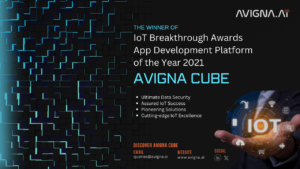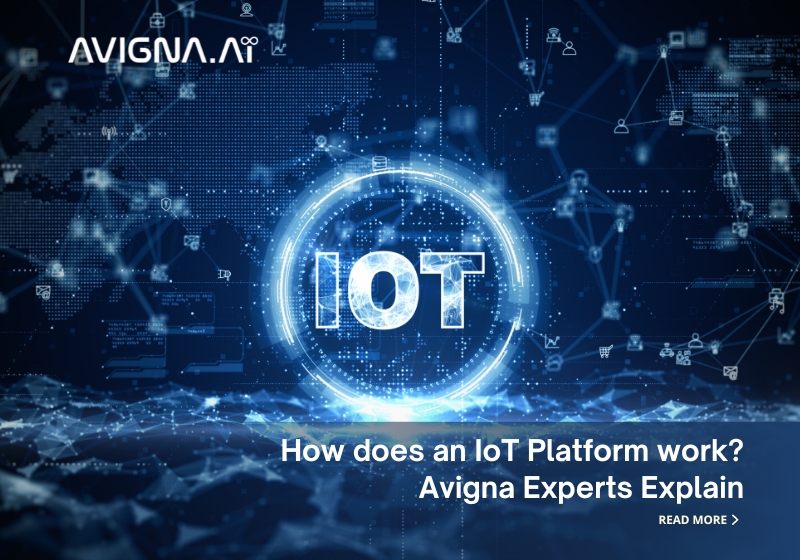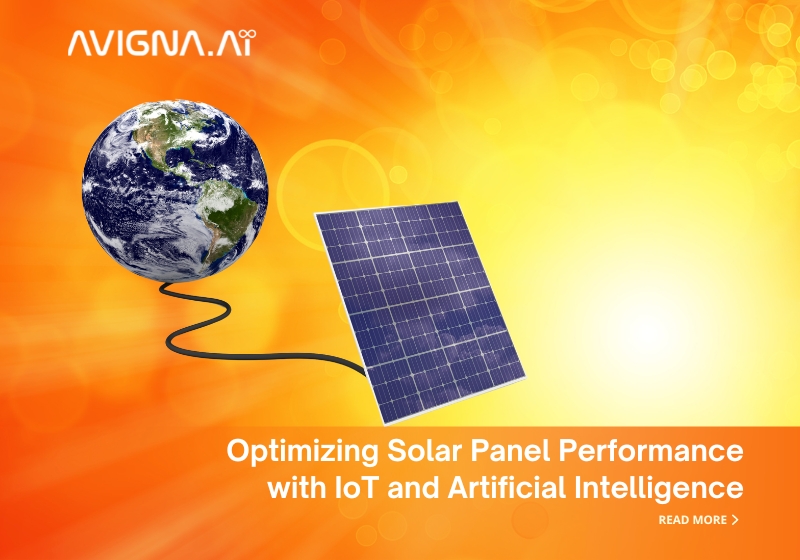The future is connected. Innovative minds dream up new ways to transform industry and society daily by fusing the physical and digital worlds. This triggers an intriguing question – how does an IoT platform work with this vast network of devices, data, and intelligence sustain itself behind the scenes?
While the applications seem limitless on the surface, analyzing the process that makes it all tick could unveil unprecedented possibilities. In this article, I demystify the invisible components that weave together countless intelligent systems – IoT platforms.
What is an IoT Platform?
IoT platforms provide the core infrastructure that connects vast networks of Internet of Things devices and systems. Integrated hardware and software solutions facilitate interoperability across diverse data sources.
Edge devices can contribute sensor data and other operational insights via supported integration protocols. Continued expansion of the IoT landscape positions platforms for considerable market growth.
Key characteristics of an IoT platform
- Connecting diverse IoT devices and establishing communication protocols: IoT platforms integrate communication protocols like LoRaWAN, Zigbee, Bluetooth, etc., to facilitate device interconnectivity.
- Managing device lifecycles: IoT platforms allow remote monitoring, configuration, diagnosis, and maintenance of devices after deployment.
- Processing streaming device data: They collect, filter, and aggregate real-time data from endpoints using techniques like edge and cloud computing.
- Providing development tools: Platforms offer SDKs, APIs, and no-code tools that enable programmers to develop new IoT apps quickly.
- Offering security and access control: Features like user authentication, data encryption, etc., add an extra layer of security.
The Core Components of an IoT Platform
Now that we understand the functions of an IoT platform working at a high level let’s examine its essential parts in depth:
- Devices & Sensors: These include a variety of endpoints like RFID tags, sensors, gateways, edge devices, consumer devices, etc., that collect environmental and operational data.
- Connectivity: Technologies like cellular networks, WiFi, Bluetooth, Sigfox, etc., that transmit data securely between devices and the cloud platform.
- Device Management: This layer ensures smooth device provisioning onto the network, remote updates/troubleshooting, and aids lifecycle management.
- Storage: IoT data generated is vast, and platforms rely on scalable storage infrastructure, including on-device, Edge, and cloud storage for persistent and temporary data.
- Processing: Stream processing engines and containerization platforms like Docker and Kubernetes provide necessary computing resources for processing real-time data.
- Analytics: ML/AI models enabled by platforms offer advanced data analysis, pattern detection, forecasting, and decision-making aids for users.
- App Development: Platforms expose user-friendly APIs and no-code tools to build IoT solutions tailored to unique business needs and verticals.
How Does an IoT Platform Work?
Understanding the workflow will bring clarity on how things connect the dots on the IoT platform working:
1. Devices Capture Data
Based on their programmed sampling frequency, many sensors continually gather important operational metrics like temperature, pressure, location coordinates, etc. Video cameras also stream visual data.
2. Data Encoding and packetization
The raw analog signals gathered by sensors are converted into digital form using suitable encoding schemes. Data is then segmented into packets for transmission, and necessary headers are added to the packet payload.
3. Data Transmission
Platform-supported connectivity protocols transmit the packets wirelessly or via cable to the edge gateway or the cloud. Protocols define the networking layers, ensuring reliable transmission. Real-time streams use MQTT, while non-critical recorded data leverage HTTP.
4. Reception and processing at Edge
Gateway devices near the endpoints implement edge computing – preprocessing, filtering, and aggregating data packets faster. This reduces bandwidth usage and latency before cloud upload. Edge applications may make local decisions.
5. Uploading to Cloud
Edge-processed data is securely transmitted to the centralized cloud platform servers for storage and advanced analytics using internet connectivity.
6. Scalable Computing
Stream processing distributed systems like Apache Kafka and container platforms like Kubernetes orchestrate containerized microservices to scale cloud-side processing elastically based on data loads.
7. Storage Architectures
Relational databases like PostgreSQL and NoSQL, such as InfluxDB or TimescaleDB, reliably store IoT data and metadata based on schema types—object storage backups substantial multimedia files.
8. Analytics and visualizations
Machine learning algorithms make sense of patterns in petabyte datasets. Dynamic dashboards display interactive real-time graphics, maps, and control interfaces on any device.
9. Apps and Integrations
Developers rapidly create intuitive solutions by wiring pre-built blocks or coding custom connectors between diverse systems for end-users.
10. Access and Control
User authentication and authorization ensure data and actions are only accessible by permitted entities, respecting privacy regulations.

Categories of IoT Platforms
Depending on their area of specialization, IoT platforms can be classified into the following broad categories:
- Connectivity Management Platforms: They connect and manage communications between edge devices and cloud platforms using different networks. Examples include Anis, Cisco Jasper, Particle, etc.
- Device Management Platforms: They offer tools to manage the lifecycle of IoT hardware remotely, including device provisioning, software updates, etc. Platforms include AVSystem ThingPark, Anthropic Deploy etc.
- Data Management Platforms: They specialize in processing, analyzing, and deriving insights from IoT data at scale. Platforms include IBM Watson IoT, SAS VIYA, C3.ai, etc.
- Protocol Translation Platforms: They translate between different communication protocols that are used by diverse IoT systems. Examples are Cumulocity, Exosite, EVRYTHNG, etc.
How to Choose an IoT Platform
With over 750 platforms available, selecting the right one can be tedious. Here are some factors to consider:
- Functional Requirements – List all the necessary capabilities like device management, security, analytics, etc., and match them with platform offerings.
- Performance Needs – Check key parameters such as data volumes, types of workloads, response times, and scalability required and supported by the platform.
- Budget – Compare pricing models of platforms, such as whether they charge for devices, data volume, professional services, or have a free tier.
- Expertise – Choose platforms that align with the in-house technical skills, especially for programming languages, connectivity protocols, etc.
- Industry Focus – Consider vertical-specific platforms tailored for manufacturing, oil & gas, smart cities, etc., for relevant domain expertise.
- Ecosystem – Strong partner networks help access complementary solutions and professional support for implementation.
- Future-Proofing – To future-proof investments, assess roadmaps for new features and support for emerging tech like edge computing, ML ops, etc.
- Integration – Ease of integrating the chosen platform with existing infrastructure, databases, business applications, etc.
Driving Business Value with IoT
Analysts forecast that in 5 years, 96% of large industrial companies will rely on IoT platforms to manage assets, ultimately achieving a 30-50% reduction in operating costs. While the technology underpinnings are complex, selecting the right platform tailored to an organization’s unique needs is critical to harnessing the actual business value of IoT. With an intelligent combination of different platforms, IoT empowers innovative solutions across industries that drive operational excellence and open new revenue channels.

Receive a free trial of our award-winning IoT Platform Avigna Cube
At Avigna, our commitment to creating a connected world is reflected in our signature IoT platform Avigna Cube. The winner of the most acclaimed “IoT Breakthrough Awards App Development Platform of the Year” in 2021, our pioneering product stands as a proof of our passion for innovation and inventive strides and received extensive admiration and recognition.
Write to us as queries@avigna.ai to receive a free trial of Avigna Cube. Contact us. Follow us on LinkedIn.



